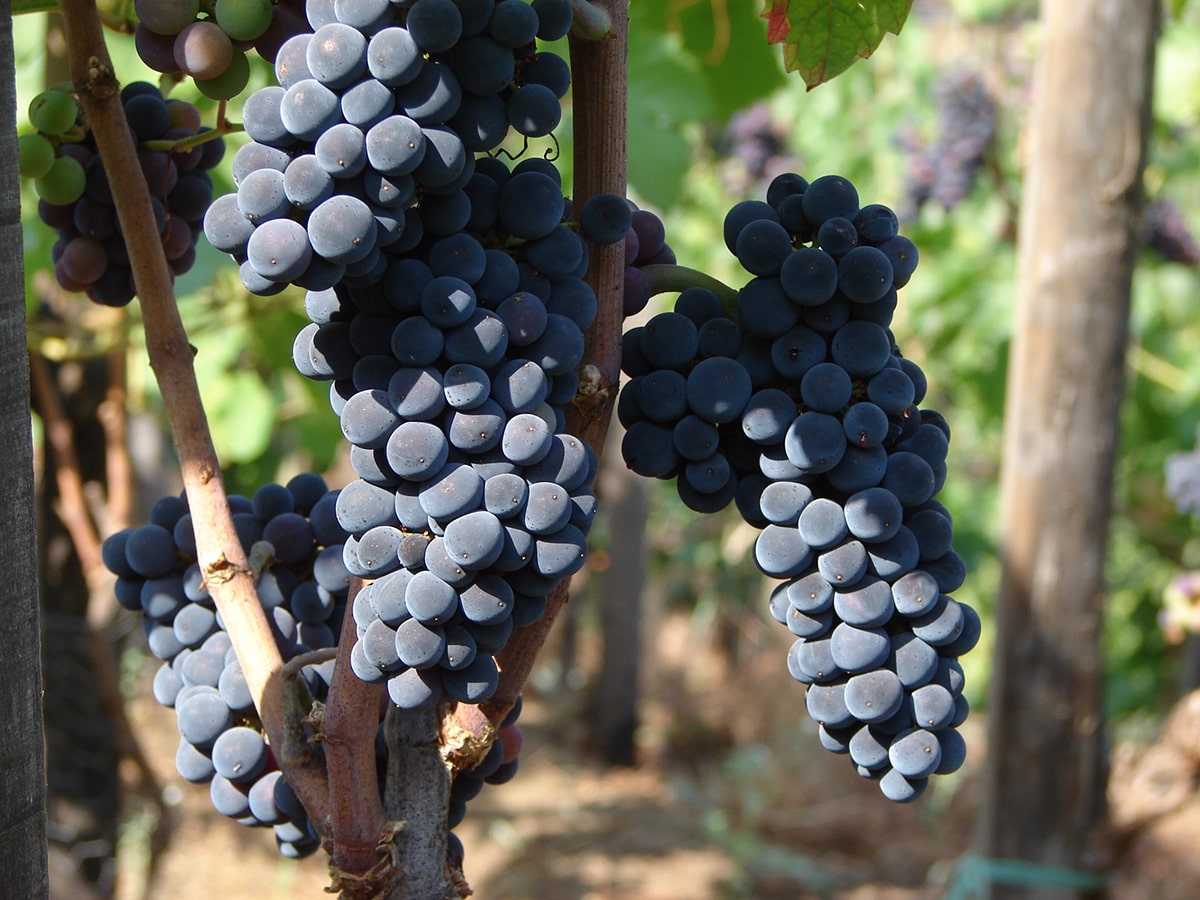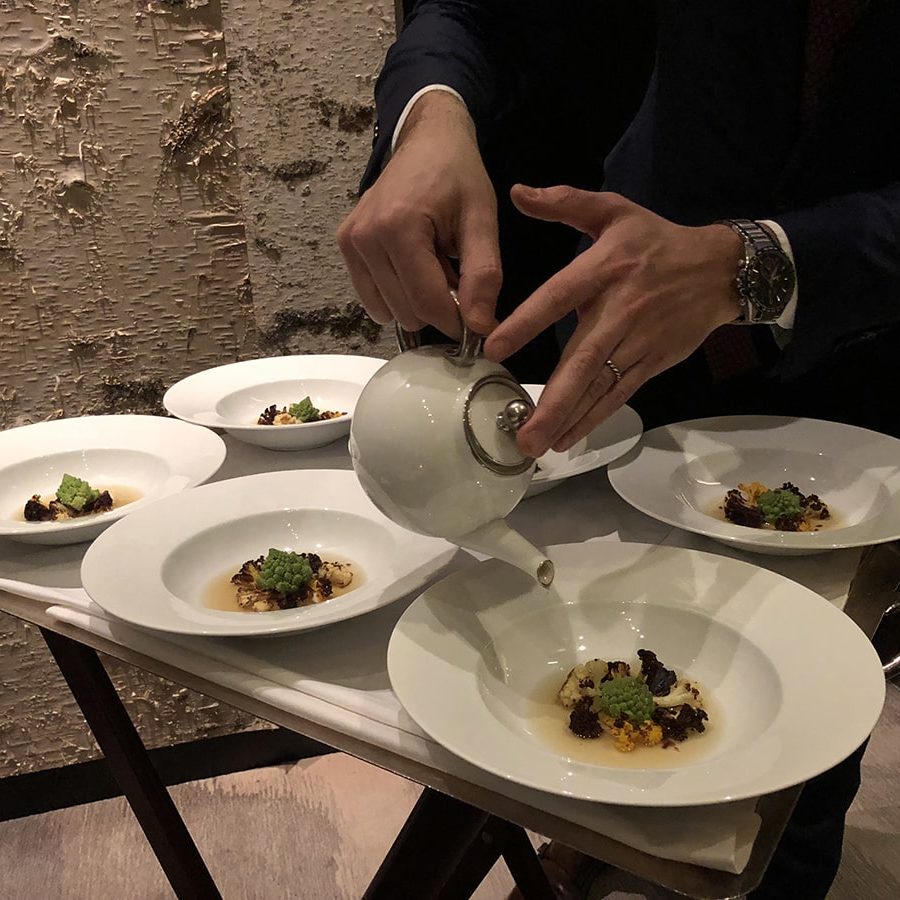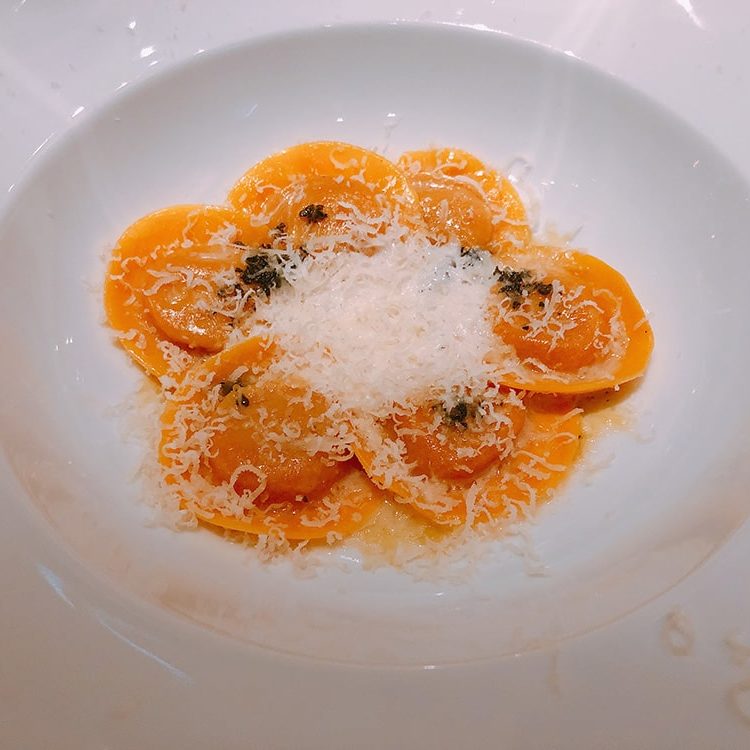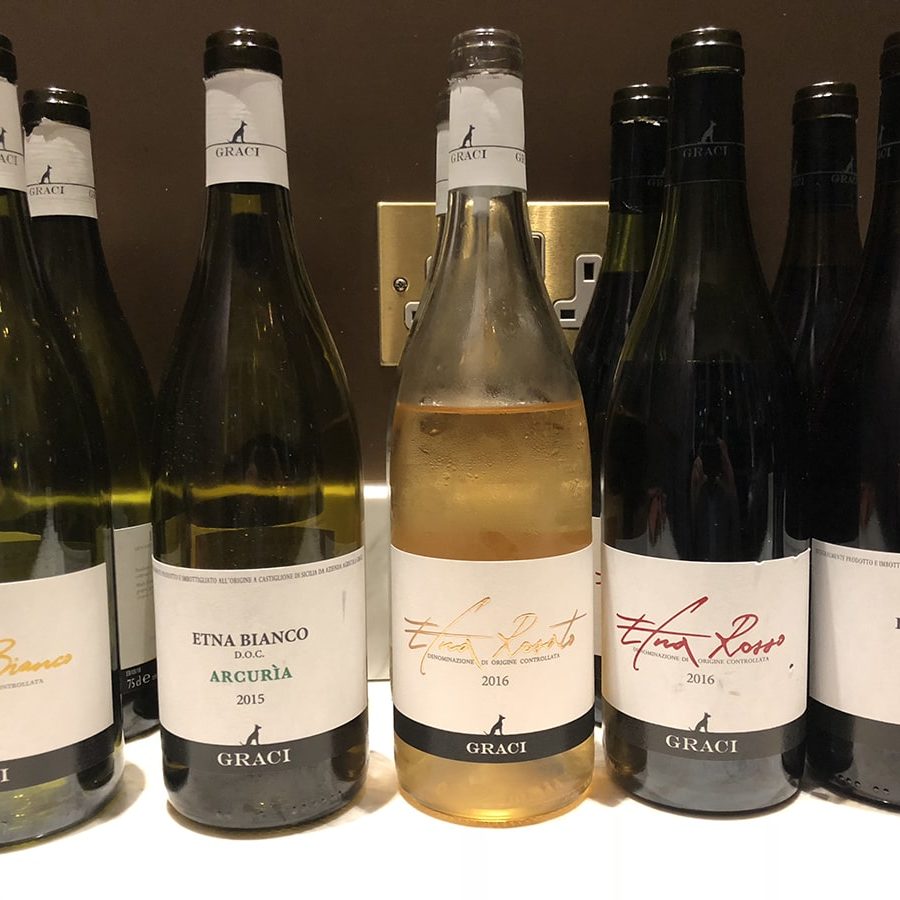THE NERELLO DUO
When three of my fellow WSET Diploma classmates coincidently all brought Etna Rossos to a recent dinner, it was no surprise to me. Etna Rosso has been the “it-wine” of Italy for quite a few years now. Etna, unlike many other wine regions with volcanic soils, is still an active volcano. In fact, its latest eruption was less than 2 months ago, triggering a 4.8-magnitude quake in Sicilia the day after Christmas of 2018. The vigor and peculiarity of the magnificent Mount Etna surely incorporate the charms which wine lovers have yearned for. But why hasn’t the wines from this UNESCO World Heritage Site risen to fame until recently?
An island in the southernmost part of the country, Sicilia imparts a certain sense of mystery. Its history dates back to early 12,000 B.C., having gone through settlements by the Phoenicians, colonization by the Greeks, ruling under the Muslims, periods of independence, and many more events. Its intrigued mix of culture is fascinating to some, but confusing to others. Communications and logistics away from continental Europe further complicate matters and make this autonomous region even less understood. Agricultural progress has been slow after World War II, and Sicilia was long linked to bulk wine production. Even today, it has an overproduction of 3 million hectoliters. Only 5% of its wines are sold in bottles, and a minute 2% as DOC.
In the 1980s, private investment gradually began, and quality Etna wines were finally given a chance to shine. Ian d’Agata noted in his Native Wine Grapes of Italy that it was during this time that he discovered the magic of Etna Rosso. Prior to that, he experienced “countless so-so” wines that his grandfather simply called vino nero (black wine), most ended up in other parts of Europe for blending. Before the turn of the century, Etna had fewer than 10 wine producers. Around 2000, the region took another leap when it received government/EU funding. By 2010s, the number of wine producers grew beyond 40, with the DOC encompassing 300 hectares of vineyards.
Other than the market factor, another obstacle of finding a great Etna Rosso is perhaps self-imposed by the wine’s primary ingredients, Nerello Mascalese and Nerello Cappuccio, both indigenous grapes of Etna. Nerello Mascalese, a.k.a. Niureddu, is the backbone of Etna Rosso, representing a minimum of 80% of the wine according to current DOC regulation. It is an offspring of Sangiovese and Mantonico Bianco, and most likely related to Carricante, a white grape also native of Etna. Nerello Cappuccio, on the other hand, is much rarer, not a required part of Etna Rosso, but often used to support its more famous partner. Etna is blessed with an abundance of old, pre-phylloxera vines, especially those around Passopisciaro and Solicchiata. However, each of its grapes entails challenges which might have impeded the flourish of Etna Rosso.
Nerello Mascalese is not necessarily the most friendly grape to grow. Its vulnerability to most vine diseases can be a vintner’s worst nightmare. Tannin can also be a big issue. In the vineyard, the window for de-leafing Nerello Mascalese is small. Precision is critical, as excessive de-leafing would expose the grapes to too much sun (hence sunburn), while inadequacy may block photosynthesis, yielding unripe grapes with green tannins. Due to these viticultural difficulties, most producers opted to blend it with Nerello Cappuccio. Nerello Cappuccio is relatively much easier to grow, notwithstanding its troubles with spring frosts. It also complements its light-hued buddy by providing color and taming its tannin. Yet, Nerello Cappuccio suffers from an ambiguous identification in the vineyard. It is often confused with Carignano (equivalent to the French Carignan), Ciliegiolo, and even Sangiovese. Furthermore, there is Nerello Mantellato, a name which is often used as a synonym of Nerello Cappuccio. Controversy surrounding these two names prevails. Salvo Foti, the former winemaker of the famed Benanti Estate, believed the two to be identical. However, Marc de Grazia, owner of Tenuta delle Terre Nere Estate, is convinced that Nerello Cappuccio and Nerello Mantellato are actually two distinct varieties. Given that Nerello Cappuccio has quite a history of being misidentified as other varieties, adding Nerello Mantellato to that list is not at all impossible. Only genetic testing can confirm if some Etna Rosso are in fact made from a Nerello TRIO!
As their popularity soars, Etna wines are enjoying a greater market share globally. Here in Hong Kong, we are fortunate to have access to Etna wines from several iconic producers. A couple of weeks ago, I attended an exclusive Graci Wine Dinner at Octavium, organized by VinoVeritas. Quitting his investment banking career and returning to Sicilia in 2004 after his grandfather’s death, Alberto Graci set his mind to take his family business to the next level. Discarding the notion that Etna Rosso is the “Burgundy of the Mediterranean”, Graci envisioned the indigenous Etna grapes to translate the terroir of their home instead of imitating another classic. To differentiate his wines, Alberto Graci summarized the “formula” of Etna wine as follows:
Sicilian sun (moderated by altitude) + volcanic soil + old, ungrafted vines = Etna Wines
What an indulgence it was to experience a full range of “Mediterranean-Alpine” wines, from bianco to rosato to rosso, all in one night (and paired with Michelin-starred delicacies). The lively 2015 Graci Etna Bianco Arcuria was made with 100% Carricante and filled with orange peel and minerality. Its acidity dutifully upheld the saltiness of Cauliflower – Pata Negra Ham. The delicate 2016 Graci Etna Rosato was a monovarietal as well, paired with Pumpkin Ravioli – 36 months Parmigiano Reggiano. The acidity of the wine complemented the cheese, while its raspberry notes perfectly matched the sweetness of the pumpkin. Lastly, the 2015 Graci Etna Rosso Arcuria was a bit young and tannic, but elegant and complex. The integration of red cherry notes, smokiness (think lava), and wild fennel effortlessly completed the Italian Artisanal Cheese Selection.
What does the future hold for the Nerellos and their cousins? Two years ago, when Piemonte legend Angelo Gaja announced its partnership with Graci and jointly acquired 27 hectares of vineyards, Etna seemed to have secured a spot on the world stage. Although we will not see their first vintage until the next decade, such a bold move by a high-profile producer signified downright confidence on the long-term success of the wine. And for quite some time now, Etna has embraced the concept of contrade, which is similar to the crus in Burgundy or the MGAs in Barolo and Barbaresco. Each contrada is identified by its uniqueness in climate, soil, aspect, and elevation. Currently, there are over 130 Contrade, which are often proudly labeled and marketed, such as Passopisciaro Contrada Rampante and Tenuta delle Terre Nere Contrada San Lorenzo. In today’s wine scene where premium wine regions seem inevitably linked to the single-vineyard phenomenon, Etna is very well-equipped for it. The region undeniably deserved to be promoted to DOCG, and Walter Speller already agreed in 2011 in Etna – should it be DOCG? Its low yield and high quality already fulfilled DOCG criteria in general. The limiting factor? The willpower of local officials against the temptation of expanding and capitalizing on the delimited zone of Italy’s hottest wine region.
Article by: Alice WONG, DipWSET, IWA
© 2024 Vinetude - All Right Reserved




